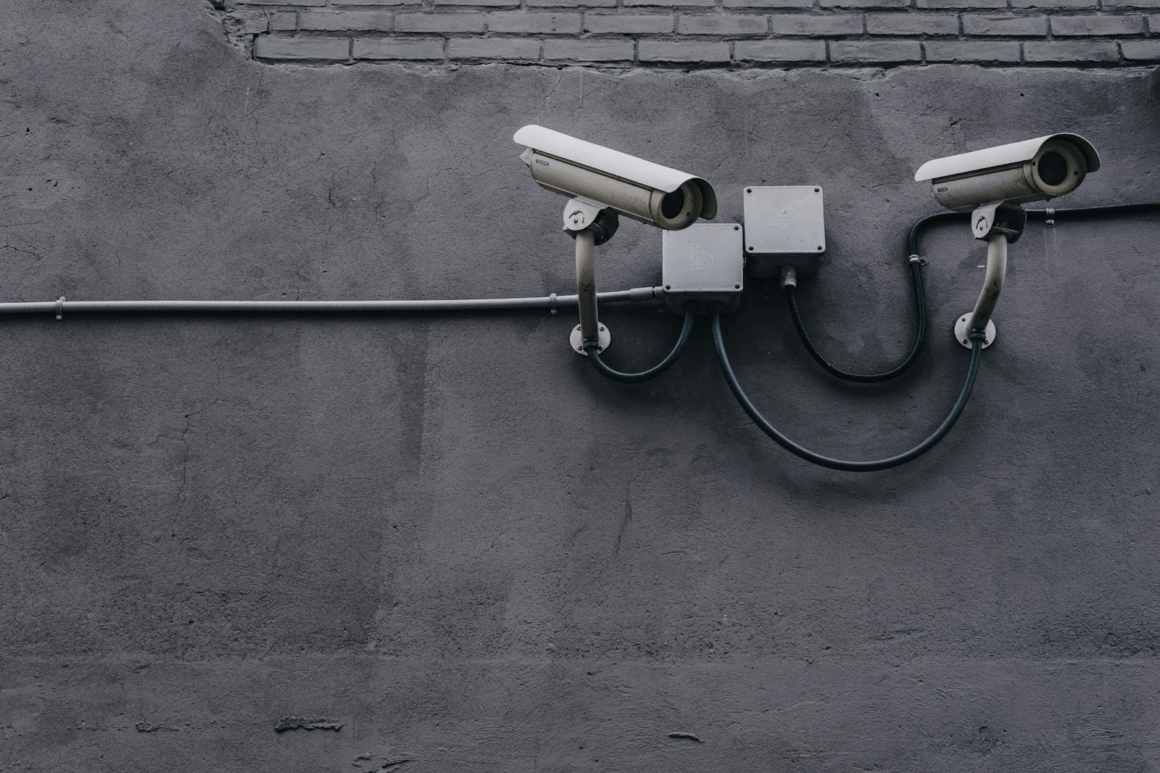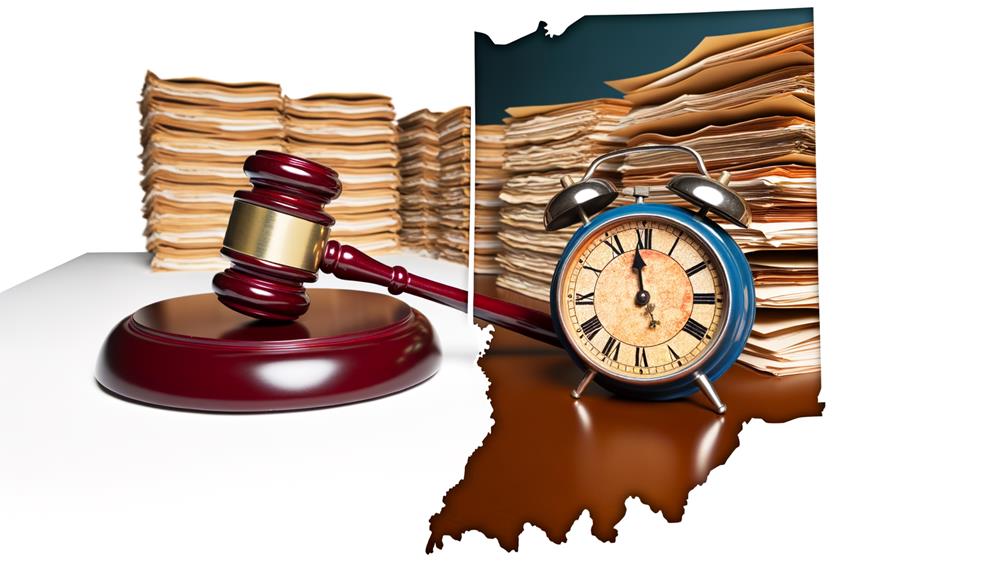Have you ever wondered why some organizations seem to navigate equipment failures with grace while others struggle with constant disruptions? In today’s fast-paced operational environment, protecting mission-critical equipment requires more than just basic maintenance protocols.
This comprehensive guide explores proven strategies to shield valuable assets from damage, minimize costly downtime, and extend equipment lifespan through proactive protection measures and smart monitoring systems.
You’ll discover practical approaches to building robust defense systems that keep your operations running smoothly while maintaining long-term business stability and reducing unexpected expenses.
Building Robust Defenses to Prevent Costly Failures

System failures in business operations can trigger devastating financial consequences, with equipment failures causing significant losses in revenue and productivity.
Smart companies don’t wait for breakdowns, they take proactive steps to shield their valuable assets from potential damage. Many organizations have found success by implementing custom soft case for equipment solutions to protect sensitive equipment during transport and storage.
Preventive measures work best when they’re part of a complete protection strategy. Here’s what effective equipment protection should include:
- Regular equipment inspections and maintenance schedules
- Environmental controls for temperature and humidity
- Shock-absorbing storage and transport solutions
- Clear handling protocols for all staff members
- Documentation of protection procedures
The financial impact of equipment protection goes beyond just avoiding repair costs. A solid defense strategy helps maintain operational continuity, reduces replacement expenses, and supports long-term business stability.
Companies that invest in protective measures often see returns through extended equipment life spans and fewer emergency repairs. Protection strategies should adapt to new threats while maintaining consistent standards for equipment care and handling.
Mitigating Downtime with Data-Driven Strategies
Operational interruptions pose significant financial risks to businesses, with $260,000 per hour in losses and productivity decreases up to 15%. Smart companies are shifting to predictive maintenance strategies to slash these costs and keep operations running smoothly.
By implementing advanced monitoring systems, organizations can spot potential issues before they escalate into major problems.
Real-time data analysis helps identify patterns and anomalies in equipment performance. This proactive approach enables maintenance teams to schedule repairs during planned downtimes rather than dealing with unexpected breakdowns.
Smart sensors and monitoring tools provide continuous feedback about machine health, temperature variations, and performance metrics. Companies that embrace data-driven maintenance strategies often see significant improvements in equipment reliability.
By combining real-time monitoring with quick response protocols, maintenance teams can address small issues before they develop into costly problems. This approach helps maintain consistent production levels while reducing unexpected equipment failures and associated expenses.
Fortifying Physical Security

Physical security forms a critical foundation for protecting mission-critical equipment. Strong physical barriers act as the first line of defense against potential threats and environmental hazards. By implementing comprehensive protection measures, organizations can significantly reduce the risk of equipment failures and extend operational lifespan.
Creating an effective multi-layered security system requires careful consideration of various protective elements. Here are the key components that make up a strong physical security framework:
- Blast-resistant enclosures to shield against explosive threats
- Advanced threat modeling systems to predict and prevent potential risks
- Redundant cooling solutions to maintain optimal operating temperatures
- Reinforced access points with controlled entry systems
- Environmental monitoring tools to track conditions in real-time
Regular assessment of these security measures plays a vital role in maintaining their effectiveness. Companies should schedule periodic security audits to identify potential vulnerabilities and upgrade physical safeguards as needed.
The focus should remain on creating multiple layers of protection, each designed to address specific risks while working together as an integrated system. This approach ensures that if one security layer fails, others remain active to prevent equipment damage and maintain consistent operations.
Enhancing Cyber Protection and Access Management
Smart cyber hardening practices form the backbone of modern equipment protection strategies. By combining strong access controls with active monitoring systems, organizations can shield their critical assets from digital and physical threats.
Real-time intrusion detection serves as an early warning system, helping teams spot and stop potential breaches before they cause damage.
Security teams need to implement these essential protective measures to safeguard their equipment:
- Multi-factor authentication for all system access points
- Regular security patch management and updates
- Network segmentation to isolate critical systems
- Continuous monitoring of access logs and user activities
- Automated threat response protocols
Strict credential management plays a key role in maintaining security integrity. Companies must enforce password policies, limit administrative access, and regularly audit user permissions.
The focus should be on creating layers of defense mechanisms that work together to prevent unauthorized access while allowing legitimate users to work efficiently.
Device management policies add another crucial security layer. By controlling which devices can connect to critical systems and monitoring their behavior patterns, organizations can quickly identify and respond to suspicious activities.
This comprehensive approach helps protect valuable equipment from both malicious actors and accidental misuse.
Boosting Readiness Through Training and Staffing

Staff preparation plays a central role in protecting mission-critical equipment and maintaining seamless operations. A well-trained team acts as the first line of defense against potential failures and emergencies.
By investing in comprehensive training programs, organizations can build a skilled workforce that understands the nuances of equipment protection and emergency response.
Creating an effective training framework requires focusing on several key elements that help staff stay prepared for various scenarios. Here’s what successful organizations include in their training programs:
- Regular hands-on practice sessions with equipment safety protocols
- Emergency response drills and crisis management simulations
- Technical training on equipment maintenance and troubleshooting
- Security awareness education to identify potential threats
- Cross-training staff to ensure coverage during absences
Beyond training, maintaining a reliable pool of specialized personnel is crucial for operational continuity. Organizations should focus on strategic staffing plans that include backup coverage for critical roles.
This approach helps prevent knowledge gaps and ensures consistent protection of essential equipment even during staff transitions or unexpected absences. Regular skill assessments and certification updates keep the team’s expertise current while fostering a culture of continuous improvement in equipment protection practices.
Lessons to Lock In
Protecting mission-critical equipment requires a multi-faceted approach combining physical security, cyber protection, and comprehensive staff training to prevent costly failures and operational disruptions.
Through data-driven maintenance strategies and robust protection protocols, organizations can significantly reduce equipment damage, minimize unexpected downtime, and extend asset lifespans.
The success of equipment protection ultimately depends on creating a culture of vigilance where every team member understands their role in safeguarding critical assets while maintaining operational excellence.



